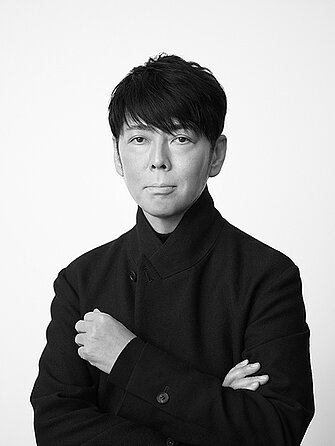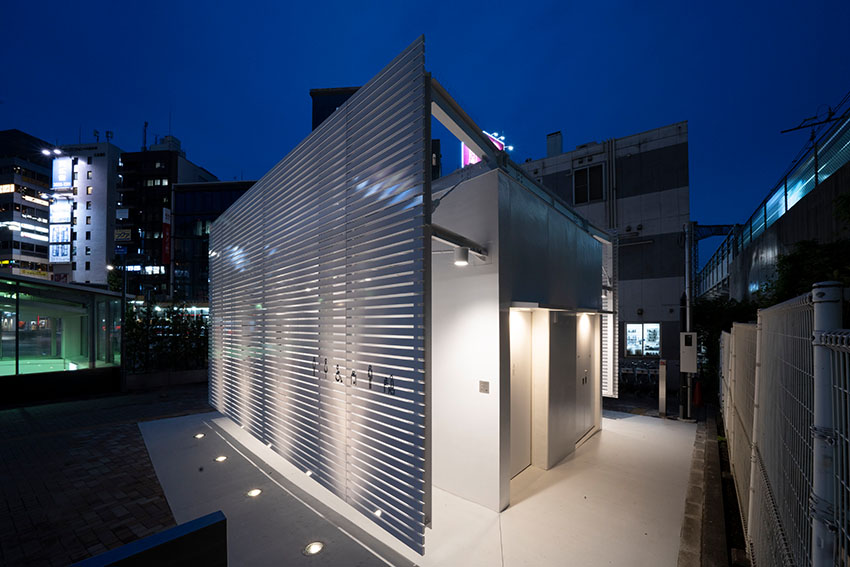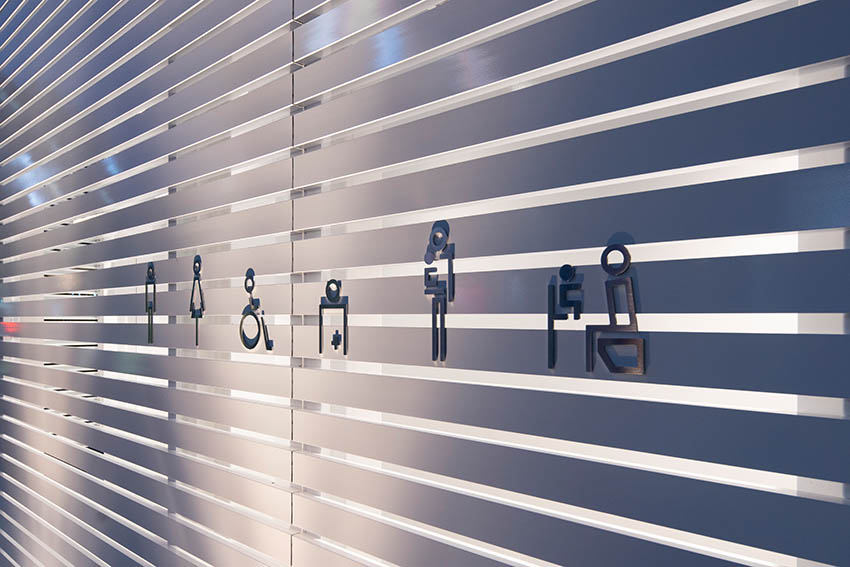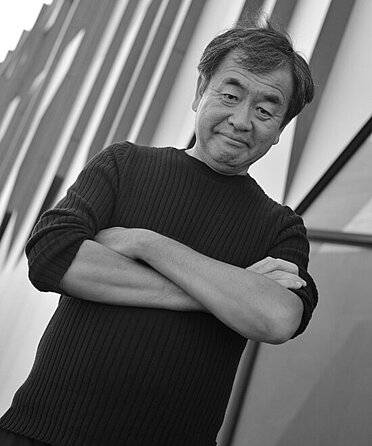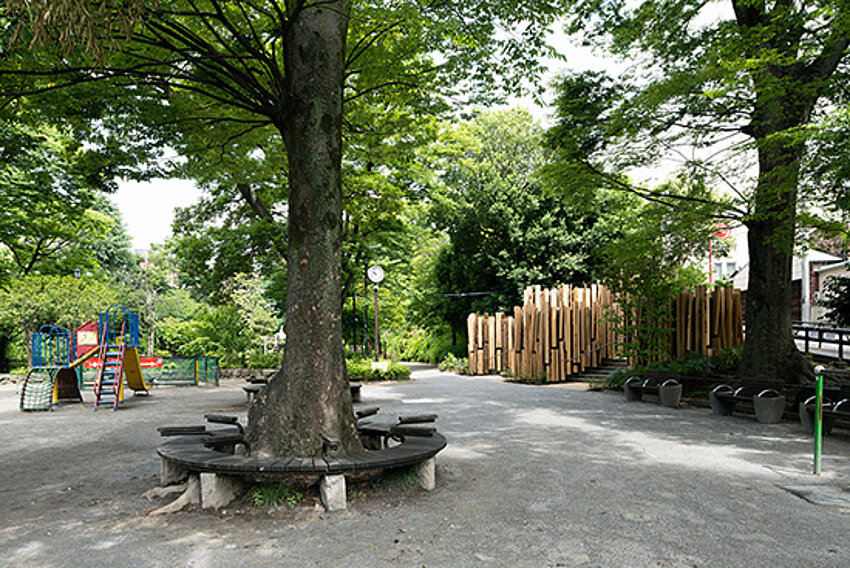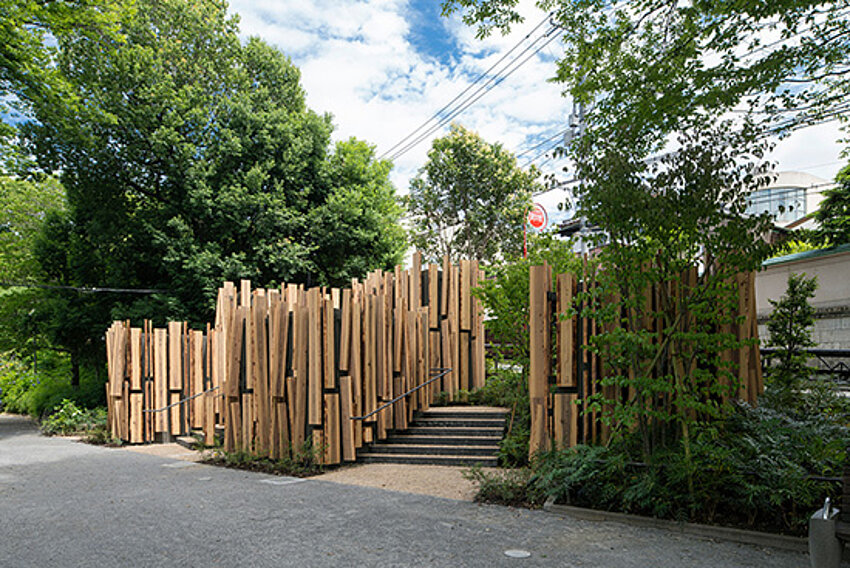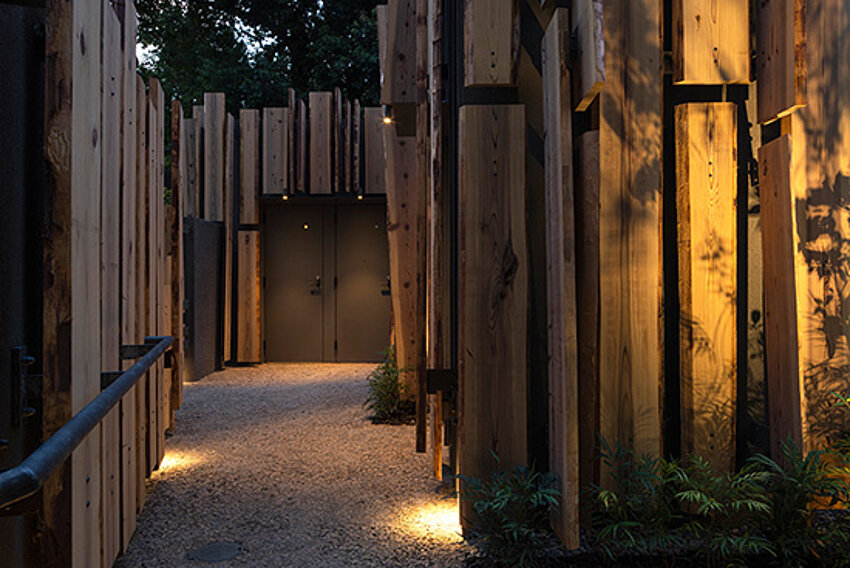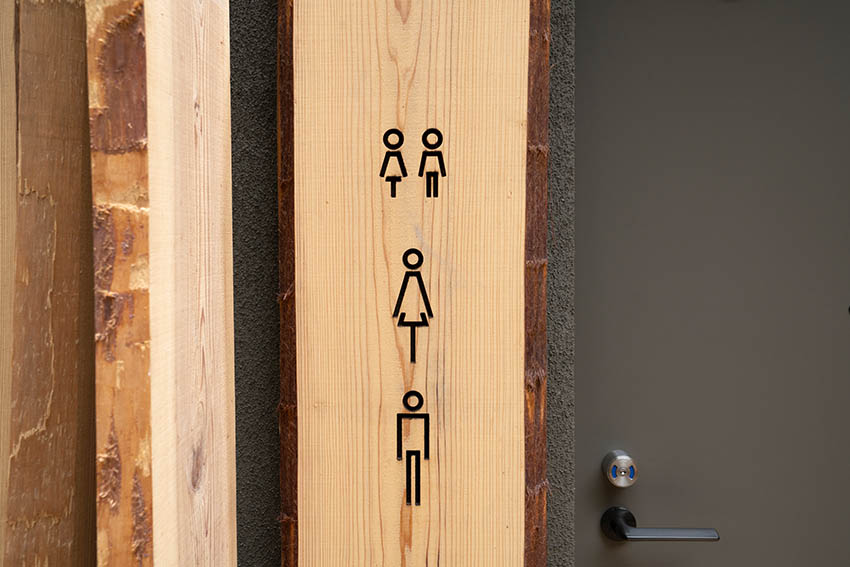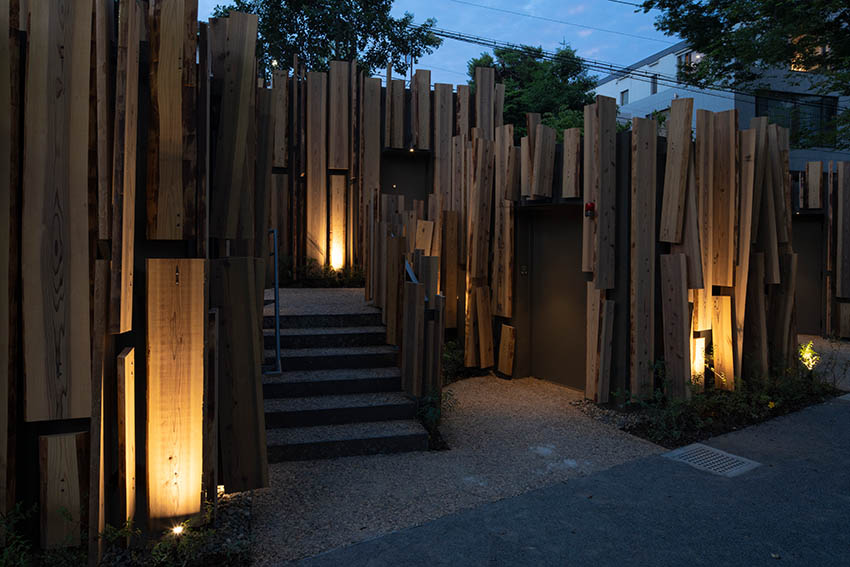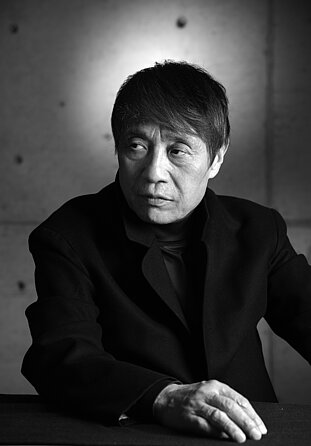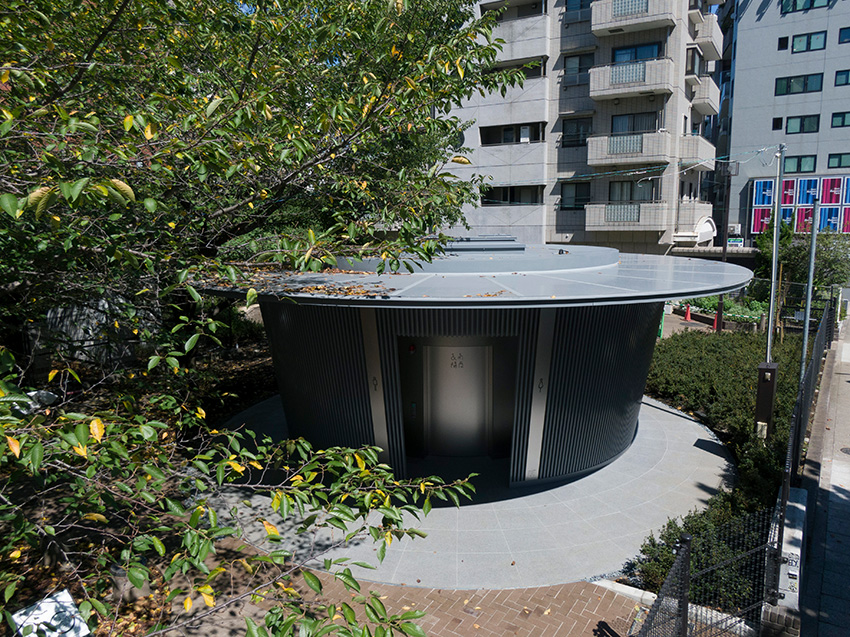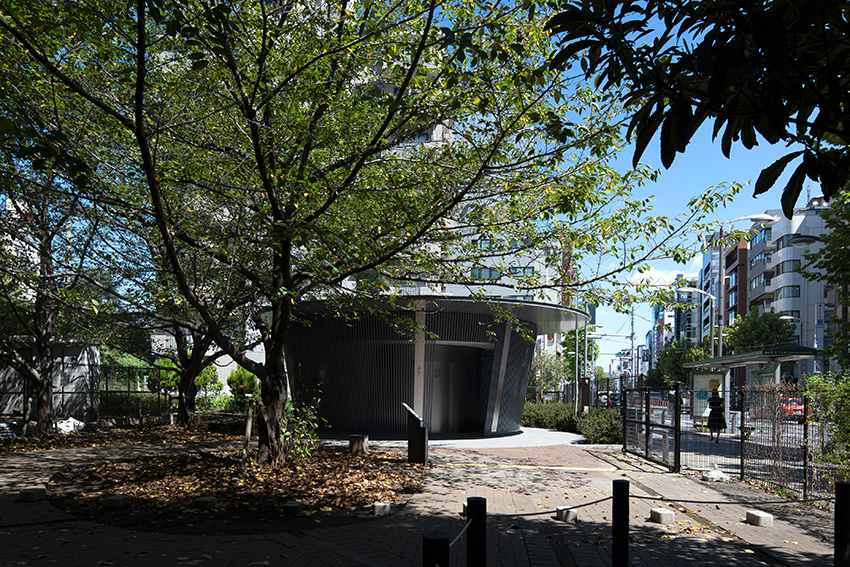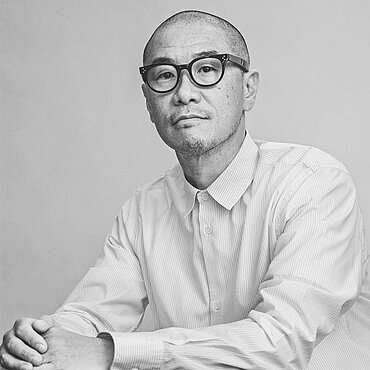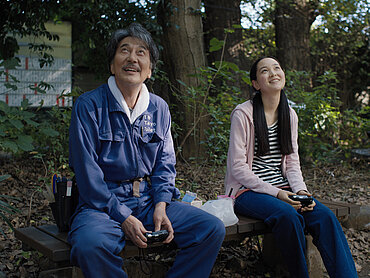The building has a façade consisting of white louvres. These provide privacy for the users as well as good ventilation for a comfortable experience. Kashiwa Sato chose the colour white to convey a sense of cleanliness and brighten up the station’s atmosphere.
When designing “WHITE”, Kashiwa Sato and his team paid attention to every detail that would be at home in every public toilet. The pure white toilet was designed to make the people who use it feel comfortable and refreshed.

